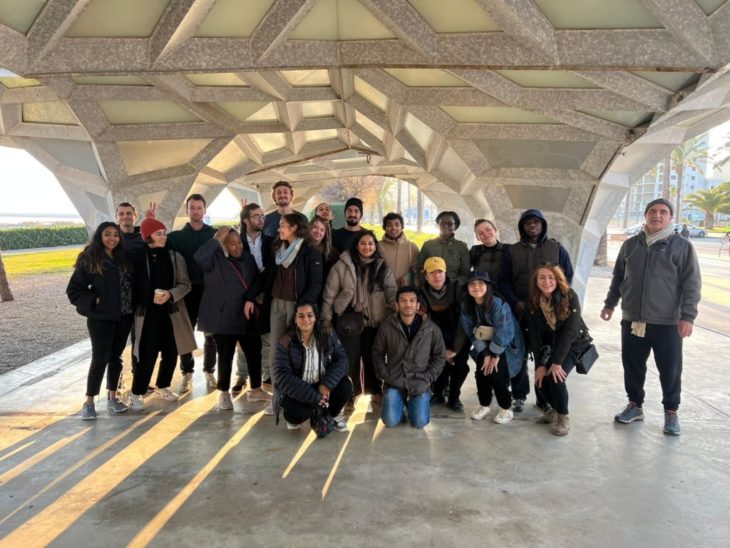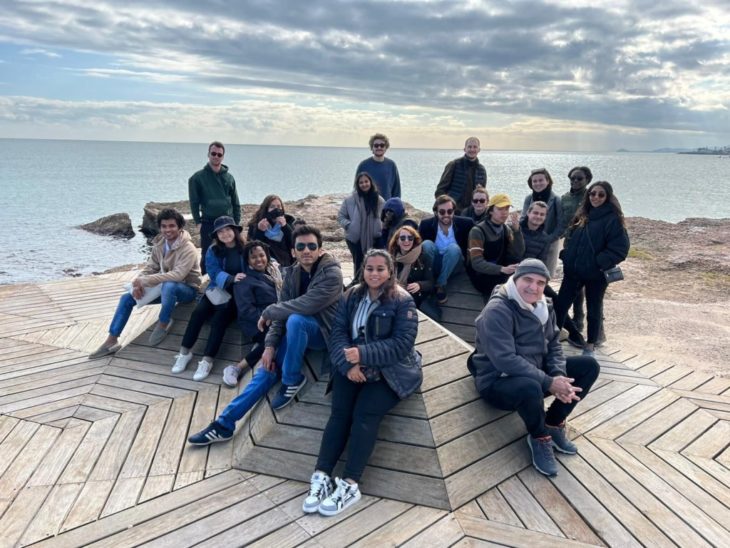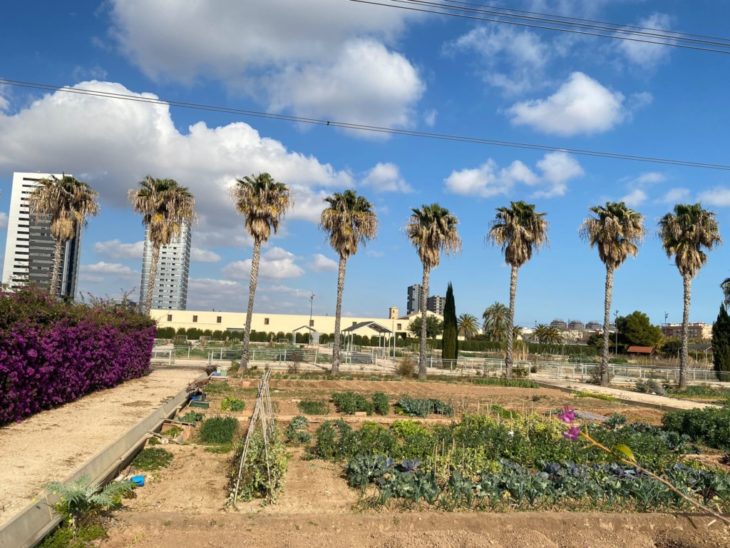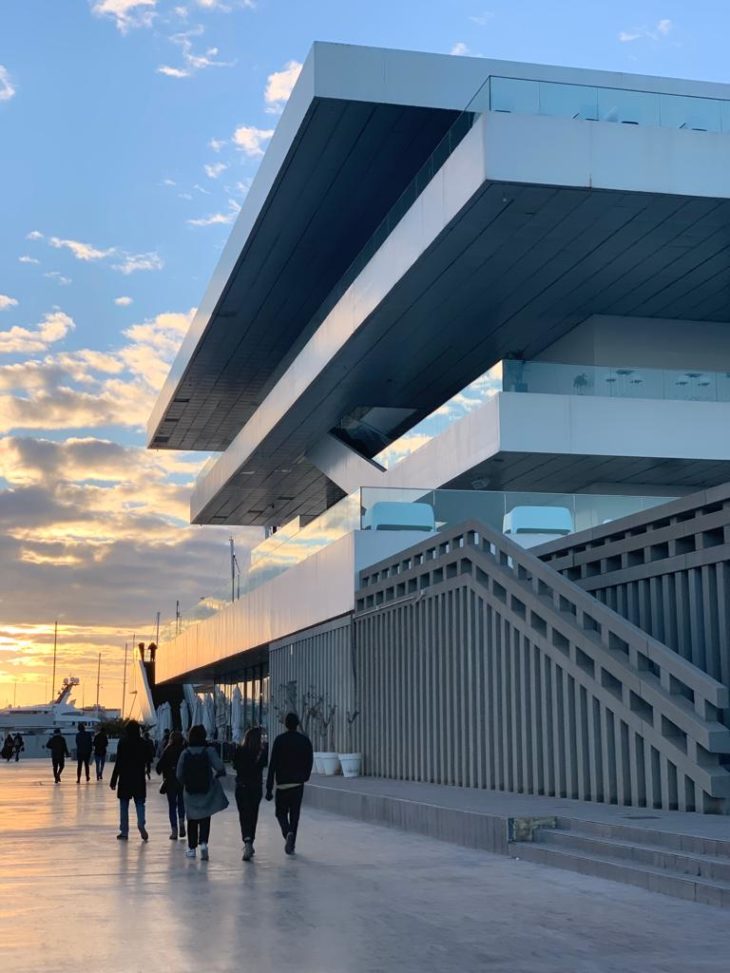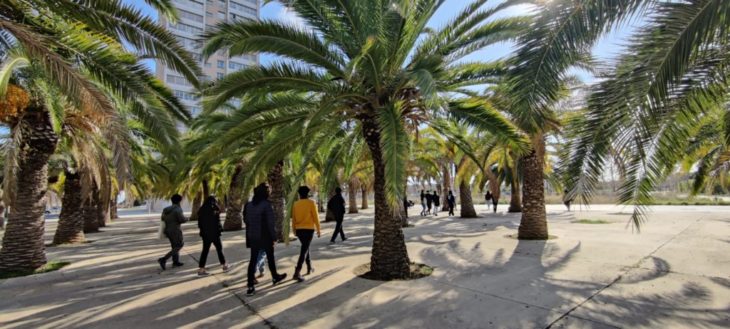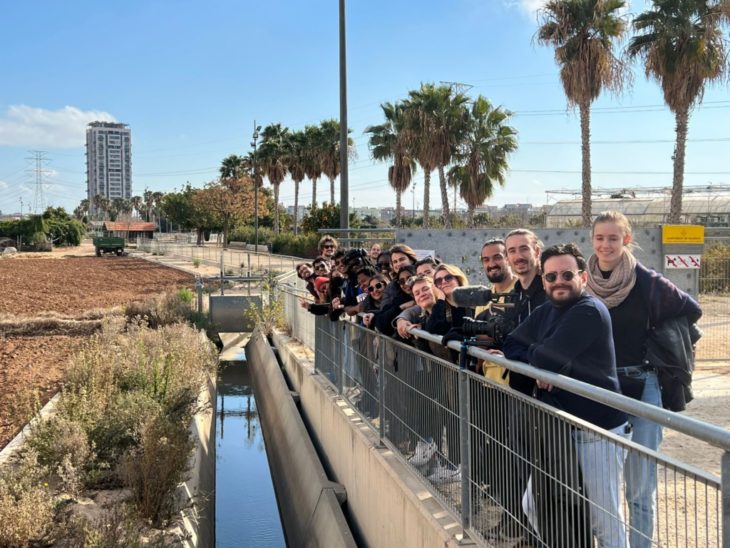
The MAEBB Second semester Urban Interventions Studio project is located in Valencia for 2022
The second semester of MAEBB is the time for students to immerse themselves in a full fledged studio project, pushing them to learn and incorporate several aspects of ecological building practice into a single, cohesive proposal. This year, the students have been given the opportunity to re-create and re-imagine a proposal for a new ecological community planned for Valencia in 2008. That plan, called Sociopolis, was put on hold after the market crash of 2008, but now MAEBB students are revisiting the work to explore its revolutionary potential, and see how it could help them chart a course to a more environmentally sensitive urban approach to architecture. The plan was bold for its time, and focused on creating a usable, ecological and collaborative urban plan that rivaled the monumentality of other projects happening at the time.
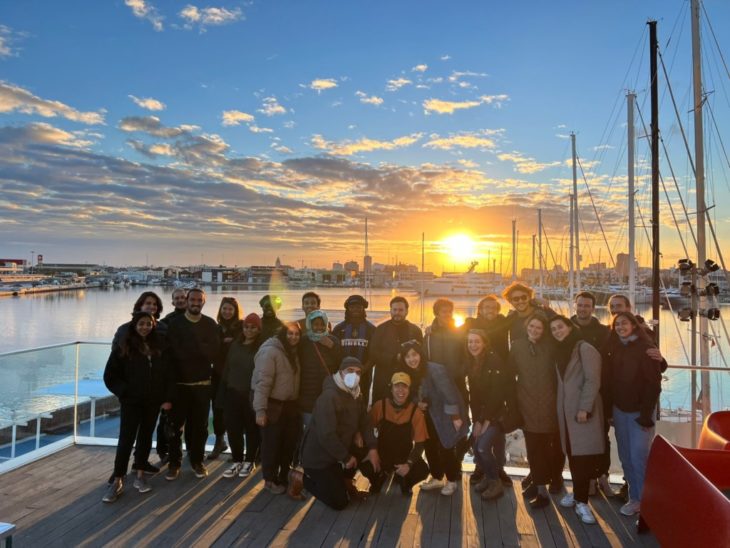
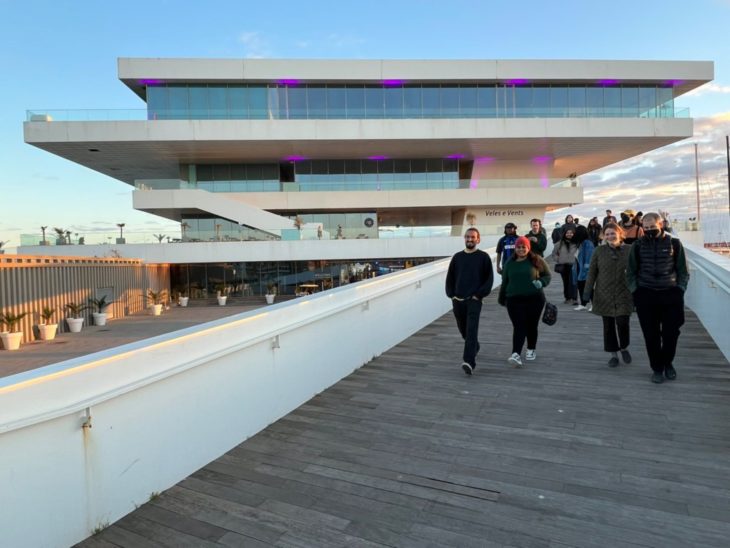
Visiting the Former Sociopolis site, and taking a tour of the city of Valencia to absorb the context
To initiate their new project, students traveled to the site of the former Sociopolis site to see the context for themselves. The legacy of the project remains alive in the form of a large municipal urban gardening plot that was installed before the project was paused. This space has a large presence on site, like a green oasis in the middle of the concrete ocean, and the students were quick to realize how this could inform their designs. Their new proposals will have to take into account what is already existing on the site, transforming the best aspects into a new potential.
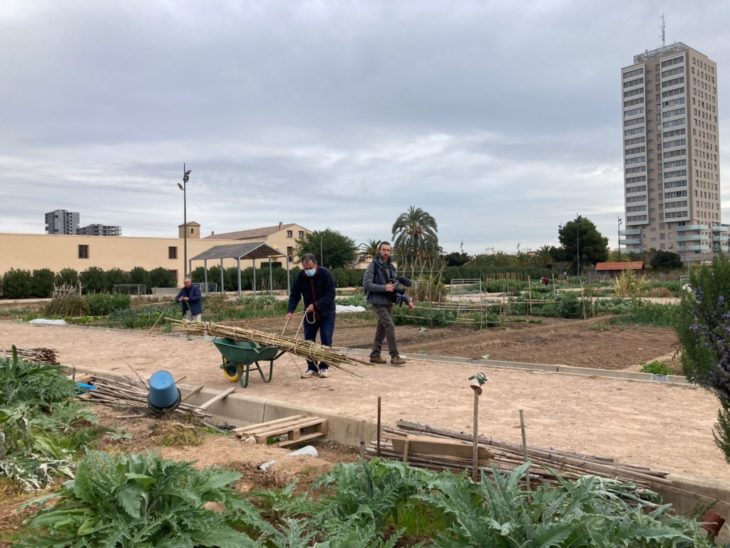
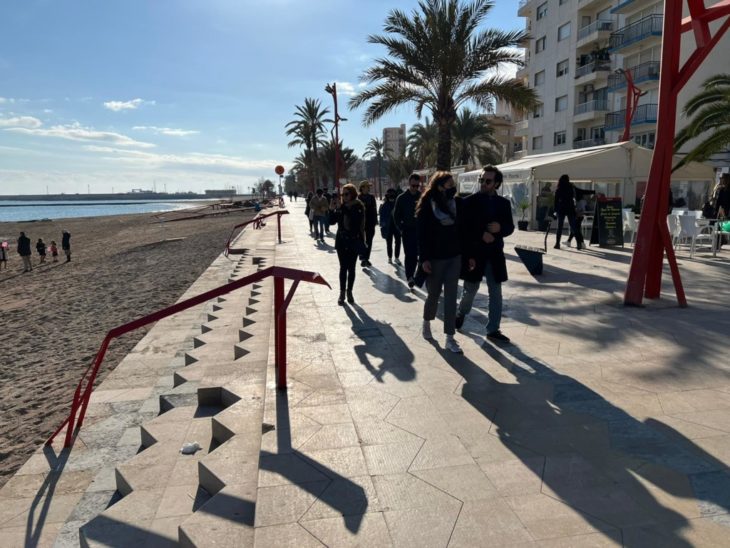
Expert guidance from Valencia native and Placemaking Europe director Ramon Marrades
To assist in the learning process on site, longtime Valencia resident Ramon Marrades joined the tour to educate the students on the history of urban development in the city. Ramon currently serves as the head of Placemaking Europe, and was leading the redevelopment of the waterfront zone of Valencia for many years, so his insights were incredibly valuable to the students as they learned more about the context of their new proposals. Ramon extolled the value of dynamic, transformable and tactical urban interventions that could be adapted to suit many needs. The so-called ‘event-based’ urban planning scheme that has dominated Valencia’s urban fabric has led to a series of mistakes and blown budgets, due to its short sighted vision of how to use public space in the city. Instead, Marrades insisted that MAEBB students look to the sustainability principles of the circular economy and reciprocal design they have learned from Valldaura and apply them here.
